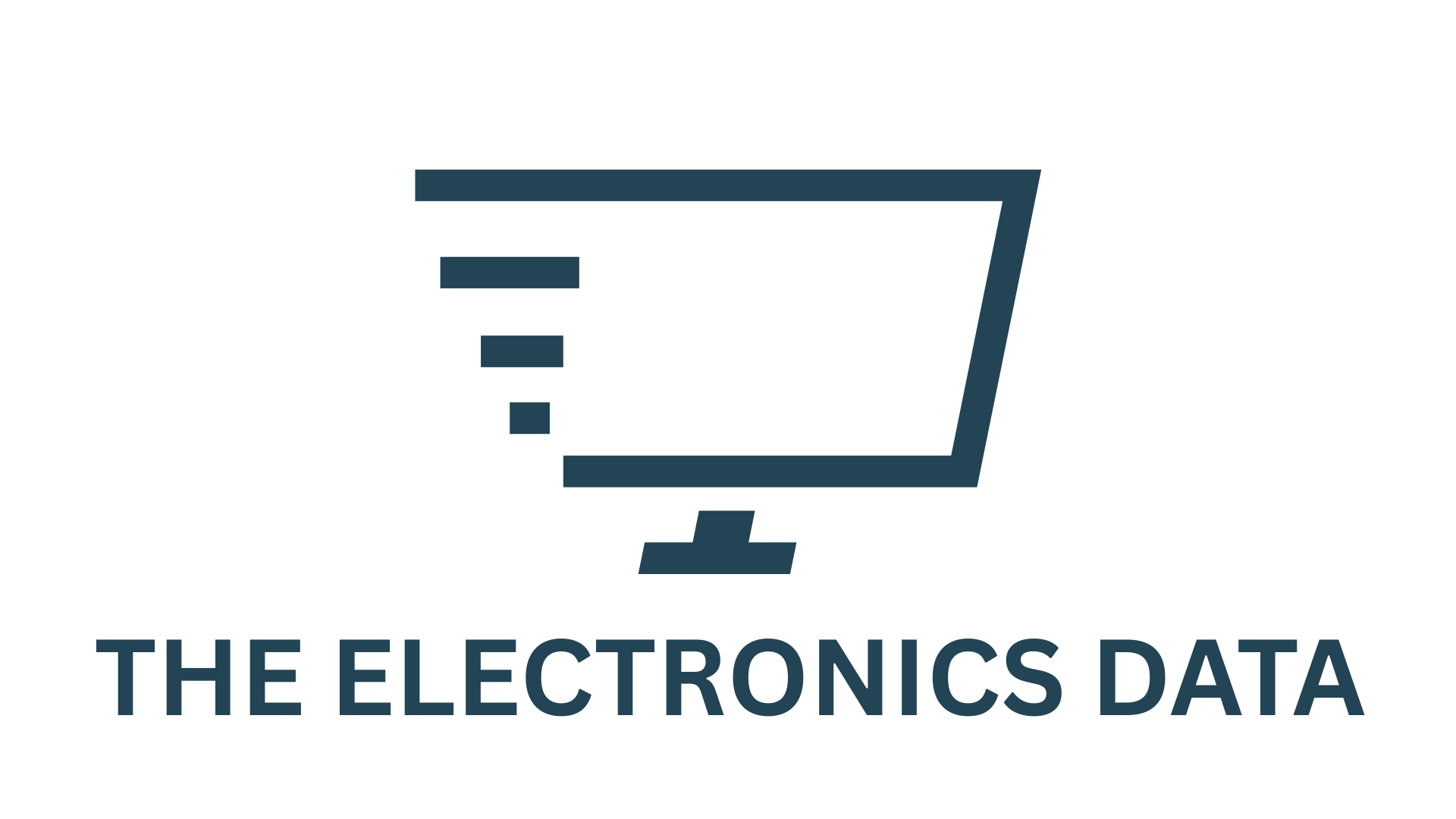Mark Theriault, founder of the startup FITY, turned his vision of clever cooling products—like cold drink holders with freezable pucks—into reality by starting with 3D prints in his basement and scaling up to mass production. Building a consumer product company from scratch was a daunting task for one person, but Theriault leveraged AI and his NVIDIA GeForce RTX-powered system as a complete creative pipeline to move from sketches to production-ready designs. He uses a combination of traditional methods and cutting-edge tools like Stable Diffusion XL for packaging design, accelerated by NVIDIA TensorRT and managed through the modular ComfyUI interface, which allows precise control over image generation. A standout feature of his FITY Flex cooler is its customizability with fun shoe charms. Meanwhile, NVIDIA announced the launch of GeForce RTX 5050 laptops, starting at $999, and is hosting the Plug and Play: Project G-Assist Plug-In Hackathon through July 16, with a related webinar on July 9 for developers interested in AI-powered too
Mark Theriault founded the startup FITY envisioning a line of clever cooling products: cold drink holders that come with freezable pucks to keep beverages cold for longer without the mess of ice. The entrepreneur started with 3D prints of products in his basement, building one unit at a time, before eventually scaling to mass production.
Founding a consumer product company from scratch was a tall order for a single person. Going from preliminary sketches to production-ready designs was a major challenge. To bring his creative vision to life, Theriault relied on AI and his NVIDIA GeForce RTX-equipped system. For him, AI isn’t just a tool — it’s an entire pipeline to help him accomplish his goals. Read more about his workflow below.
Plus, GeForce RTX 5050 laptops start arriving today at retailers worldwide, from $999. GeForce RTX 5050 Laptop GPUs feature 2,560 NVIDIA Blackwell CUDA cores, fifth-generation AI Tensor Cores, fourth-generation RT Cores, a ninth-generation NVENC encoder and a sixth-generation NVDEC decoder.
In addition, NVIDIA’s Plug and Play: Project G-Assist Plug-In Hackathon — running virtually through Wednesday, July 16 — invites developers to explore AI and build custom G-Assist plug-ins for a chance to win prizes. Save the date for the G-Assist Plug-In webinar on Wednesday, July 9, from 10-11 a.m. PT, to learn more about Project G-Assist capabilities and fundamentals, and to participate in a live Q&A session.
From Concept to Completion
To create his standout products, Theriault tinkers with potential FITY Flex cooler designs with traditional methods, from sketch to computer-aided design to rapid prototyping, until he finds the right vision. A unique aspect of the FITY Flex design is that it can be customized with fun, popular shoe charms.For packaging design inspiration, Theriault uses his preferred text-to-image generative AI model for prototyping, Stable Diffusion XL — which runs 60% faster with the NVIDIA TensorRT software development kit — using the modular, node-based interface ComfyUI.
ComfyUI gives users granular control over every step of the generation process — prompting, sampling, model loading, image conditioning and post-processing. It’s ideal for advanced users like Theriault who want to customize how images are generated.
NVIDIA and GeForce RTX GPUs based on the NVIDIA Blackwell architecture include fifth-generation Tensor Cores designed to accelerate AI and deep learning workloads. These GPUs work with CUDA optimizations in PyTorch to seamlessly accelerate ComfyUI, reducing generation time on FLUX.1-dev, an image generation model from Black Forest Labs, from two minutes per image on the Mac M3 Ultra to about four seconds on the GeForce RTX 5090 desktop GPU.ComfyUI can also add ControlNets — AI models that help control image generation — that Theriault uses for tasks like guiding human poses, setting compositions via depth mapping and converting scribbles to images.
Theriault even creates his own fine-tuned models to keep his style consistent. He used low-rank adaptation (LoRA) models — small, efficient adapters into specific layers of the network — enabling hyper-customized generation with minimal compute cost.
